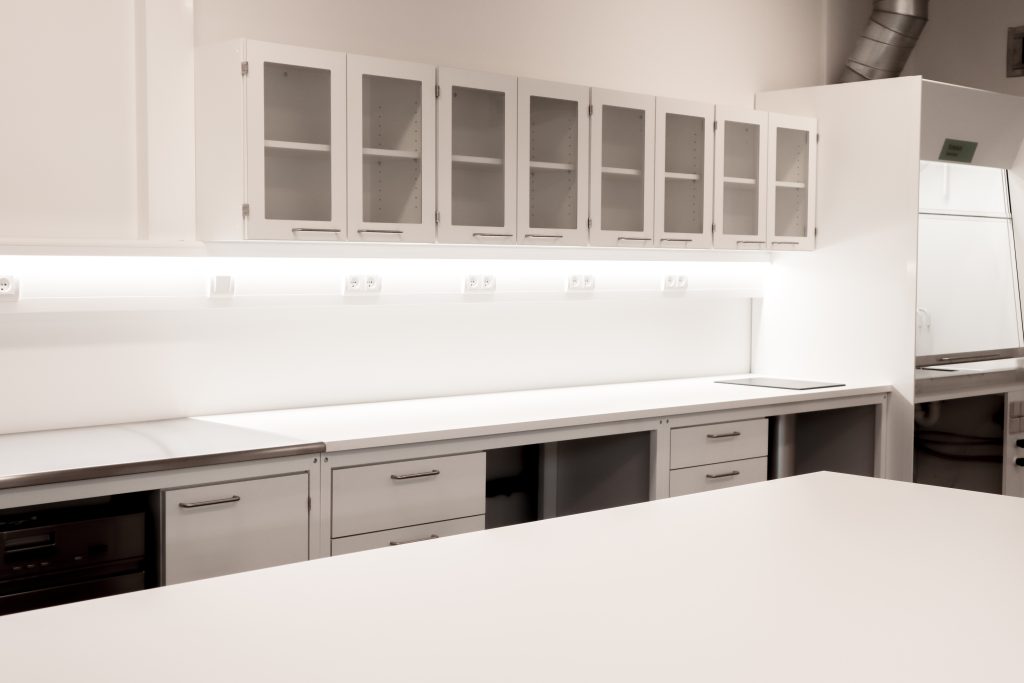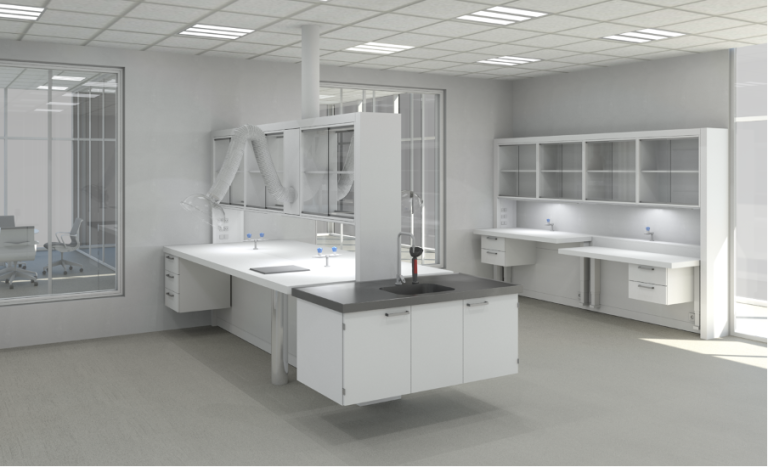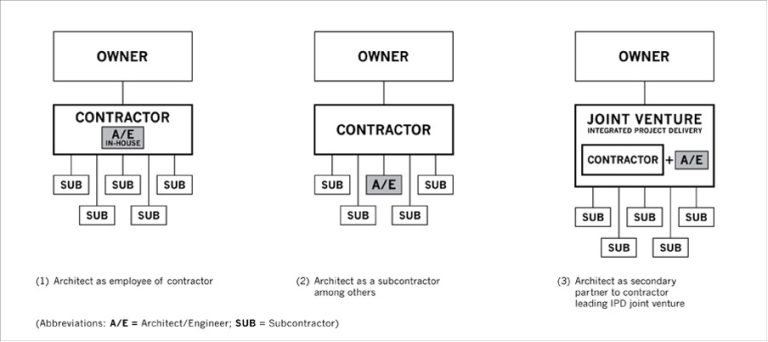Unlocking Cost Savings and Efficiency: Value Engineering for Interior Refurbishment Project

If you’re a business owner planning an interior refurbishment project, you’re likely concerned about the cost and time involved. Fortunately, value engineering can help you achieve your goals while keeping expenses down.
In this blog post, we’ll explore what value engineering is, why it’s important for interior refurbishment projects, and how you can apply its principles to your own project.
What is Value Engineering and Why is it Important for Interior Refurbishment Projects?
Value engineering is a systematic approach to cost management that focuses on identifying and removing unnecessary expenses while maintaining or improving functionality. In the context of interior refurbishment projects, value engineering involves optimizing the design and materials used to create the most cost-effective and efficient outcome.
By applying value engineering principles to your interior refurbishment project, you can achieve significant cost savings and increased efficiency. Value engineering can help you identify and eliminate wasteful spending, reduce material and labor costs, and streamline project timelines. It can also improve the quality and performance of the finished product.
The Benefits of Value Engineering in Cost Savings and Efficiency for Business Owners
To be more specific, here’s how value engineering can benefit you:
- Cost Savings: Value engineering can help reduce project costs without sacrificing quality.
- Improved Functionality: Value engineering can help improve the functionality of a space by optimizing the use of materials and space.
- Energy Efficiency: Value engineering can help improve energy efficiency by selecting more efficient materials and systems.
- Enhanced Aesthetics: Value engineering can help enhance the aesthetics of a space by selecting alternative materials that are more visually appealing.
What is Value Engineering and Why is it Important for Interior Refurbishment Projects?
Value engineering is a systematic approach to cost management that focuses on identifying and removing unnecessary expenses while maintaining or improving functionality. In the context of interior refurbishment projects, value engineering involves optimizing the design and materials used to create the most cost-effective and efficient outcome.
Key Steps in Value Engineering for Interior Building and Refurbishment
The key steps in value engineering for interior building and refurbishment projects include:
- Planning and Analysis: This involves identifying the project goals, objectives, and constraints.
- Information Gathering: This includes collecting data on the project, such as the design, materials, and costs.
- Creative Thinking: This involves brainstorming ideas for reducing costs and increasing value.
- Evaluation: This involves analyzing each idea to determine its feasibility and impact.
- Implementation: This involves implementing the selected ideas and monitoring their effectiveness.
How to Apply Value Engineering Principles to Your Interior Refurbishment Project
To apply value engineering to your interior refurbishment project, you should start by defining your project goals and objectives. Then, you should identify the key features and materials that are critical to achieving those goals.
From there, you can evaluate alternative design and material options to determine the most cost-effective solution. Finally, you should continually monitor and adjust your plan as necessary to ensure you’re on track to meet your goals.
Real-life Examples of Successful Value Engineering in Interior Refurbishment Projects
Value engineering has been successfully applied in numerous interior refurbishment projects, including office buildings, retail stores, and restaurants. For example, a restaurant chain was able to save EUR 250,000 on a single project by using value engineering to optimize their kitchen layout and equipment choices. Another retail chain was able to save EUR 1 million on a store renovation by selecting more cost-effective materials without sacrificing quality or aesthetics.
Overcoming Common Challenges in Value Engineering for Interior Refurbishment Projects
Value engineering can present challenges, such as resistance to change or the difficulty of finding alternative solutions that meet all project requirements. However, by staying committed to the process and being open to new ideas, you can overcome these challenges and achieve your goals.
The Future of Value Engineering in Interior Design and Refurbishment for Businesses.
As businesses continue to seek cost savings and efficiency, value engineering is likely to become even more important in interior design and refurbishment. New technologies, materials, and design approaches are emerging that can help further optimize outcomes while minimizing costs.
In conclusion, value engineering is a powerful tool for business owners seeking to achieve cost savings and efficiency in interior refurbishment projects. By defining your project goals, evaluating alternative solutions, and continually monitoring your progress, you can successfully apply value engineering principles to your own project and reap the benefits







